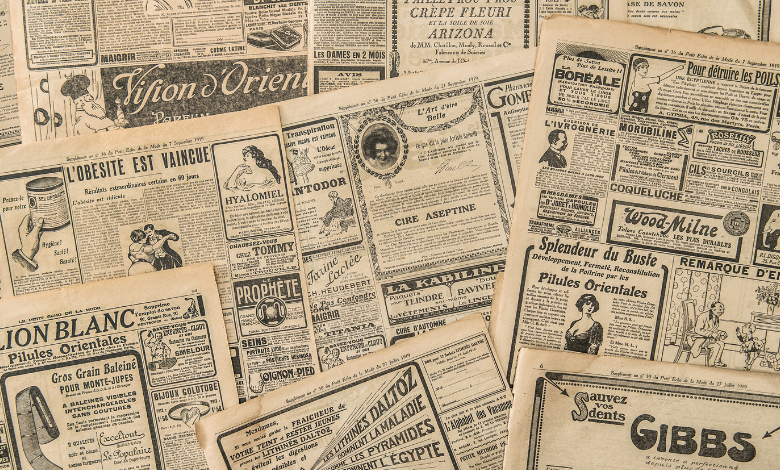
The field of archaeology is often a tapestry woven from the contributions of countless individuals, each leaving a unique mark on the discipline. Among these figures, P.O. Guy and Mortimer Wheeler stand out for their innovative methodologies, academic rigor, and significant discoveries. Their work not only shaped the course of archaeological practice in the 20th century but also enhanced our understanding of historical contexts, particularly in Britain and India. This article explores the lives, contributions, and lasting impact of P.O. Guy and Mortimer Wheeler on archaeology.
Early Life and Education
Mortimer Wheeler
Mortimer Wheeler, born on September 10, 1890, in Glasgow, Scotland, was introduced to archaeology through his love for history and the classics. He studied at the University of Edinburgh, where he developed a strong foundation in classical studies. After serving in World War I, Wheeler returned to academia and began his career in archaeology, initially focusing on Roman sites in Britain.
Wheeler’s early work included excavations at important sites such as the Roman fort at Verulamium (modern-day St. Albans). His systematic approach to excavation and his emphasis on stratigraphy would later become hallmarks of his methodology.
P.O. Guy
P.O. Guy, or Percy Oliver Guy, was born in 1888 in the English county of Sussex. Like Wheeler, Guy’s early interests lay in the classics and history, which he pursued at the University of Cambridge. After completing his studies, he became involved in archaeological fieldwork and joined several expeditions, including those that explored prehistoric sites.
Guy’s career took him to diverse locations, where he honed his skills in excavation and artifact analysis. His keen insights into the cultural contexts of the artifacts he studied would make him a notable figure in British archaeology.
Methodological Innovations
Stratigraphy and Site Excavation
One of the most significant contributions of Mortimer Wheeler was his development of the “Wheeler Method” of excavation. This approach emphasized careful stratigraphic excavation, which involved digging in layers to preserve the context of artifacts and features. Wheeler’s technique allowed archaeologists to better understand the chronological sequence of human activity at a site.
Wheeler’s work at the St. Albans site exemplified his methodology. He established a grid system that allowed for precise recording of the location and depth of artifacts. This approach revolutionized the way archaeologists conducted excavations, leading to more scientifically rigorous methods that are still in use today.
Site Interpretation and Reporting
P.O. Guy also made significant contributions to the interpretation and reporting of archaeological findings. His meticulous documentation and analysis of artifacts provided a clearer understanding of the cultural contexts in which they were found. Guy emphasized the importance of integrating archaeological data with historical records, which helped bridge the gap between material culture and historical narratives.
Both Wheeler and Guy were pioneers in advocating for a more interdisciplinary approach to archaeology, incorporating insights from anthropology, history, and geography. This holistic view of archaeology enriched the understanding of ancient societies and their development over time.
Key Discoveries
Mortimer Wheeler’s Excavations
Wheeler’s most famous excavation was at the Iron Age hill fort of Maiden Castle in Dorset. Conducted in the 1930s, this excavation revealed complex defensive structures and extensive evidence of habitation. Wheeler’s work not only showcased the sophistication of Iron Age communities but also highlighted the importance of landscape in understanding human behavior.
Another notable project was Wheeler’s excavation of the prehistoric site at Toot Hill in Essex. This site provided crucial insights into the transition from the Neolithic to the Bronze Age, shedding light on changing social structures and subsistence practices.
P.O. Guy’s Contributions
P.O. Guy’s work at sites like the prehistoric settlement at Silbury Hill demonstrated his expertise in interpreting the significance of monumental structures. His analysis of the artifacts recovered from Silbury Hill provided evidence of the social and religious practices of the people who built it.
Guy also played a pivotal role in excavating the Roman villa at Fishbourne, Sussex. His detailed examination of the mosaics and architectural features contributed to a deeper understanding of Roman influence in Britain, particularly regarding domestic life and cultural exchanges.
Challenges and Controversies
Methodological Critiques
Despite their groundbreaking contributions, both Wheeler and Guy faced criticisms during their careers. Wheeler’s methods, while innovative, were sometimes seen as overly prescriptive. Critics argued that the rigid application of the Wheeler Method could lead to the loss of valuable data, especially in complex sites where stratification was less clear.
Similarly, Guy’s emphasis on integrating historical texts with archaeological evidence faced scrutiny. Some argued that relying too heavily on written records could bias interpretations of the material culture, leading to an incomplete picture of the past.
Ethical Considerations
As archaeology evolved, questions of ethics and cultural heritage became increasingly prominent. Wheeler and Guy worked during a time when the ethical implications of excavation were not fully understood. Their excavations often involved the removal of artifacts from their original contexts, raising concerns about preservation and the rights of local communities.
In retrospect, both archaeologists acknowledged the need for ethical considerations in their work, paving the way for future generations of archaeologists to adopt more responsible practices.
Legacy and Influence
Teaching and Mentorship
Mortimer Wheeler and P.O. Guy were not only accomplished archaeologists but also dedicated educators. Wheeler’s influence extended through his teaching at University College London, where he inspired countless students to pursue careers in archaeology. His ability to communicate complex ideas with clarity made him a beloved figure among his students.
Similarly, Guy mentored many young archaeologists, fostering a new generation of scholars who would continue to advance the field. His commitment to academic rigor and interdisciplinary approaches left a lasting impact on archaeological education.
Publications and Public Engagement
Both Wheeler and Guy were prolific writers, contributing numerous articles and books that shaped the discourse in archaeology. Wheeler’s publications, including “Roman Britain” and “Archaeology from the Air,” helped popularize archaeology and make it accessible to a wider audience. His work emphasized the importance of public engagement, encouraging interest in archaeology beyond academia.
Guy’s writings, including detailed excavation reports and analyses, contributed to a greater understanding of prehistoric and Roman Britain. His ability to connect archaeological findings with broader historical narratives enriched the public’s appreciation of the past.
Conclusion
P.O. Guy and Mortimer Wheeler were instrumental in transforming archaeology into a rigorous scientific discipline. Their innovative methodologies, significant discoveries, and commitment to education and public engagement laid the groundwork for contemporary archaeological practices. While they faced challenges and criticisms, their legacies endure, influencing the way archaeologists approach excavation, interpretation, and ethical considerations in the field.
As we continue to explore the past through archaeology, the contributions of figures like Wheeler and Guy remind us of the importance of collaboration, interdisciplinary approaches, and the need for ethical responsibility in our quest to understand human history. Their work not only uncovered artifacts but also deepened our understanding of the intricate tapestry of human civilization, leaving a lasting impact on the field of archaeology for generations to come.



